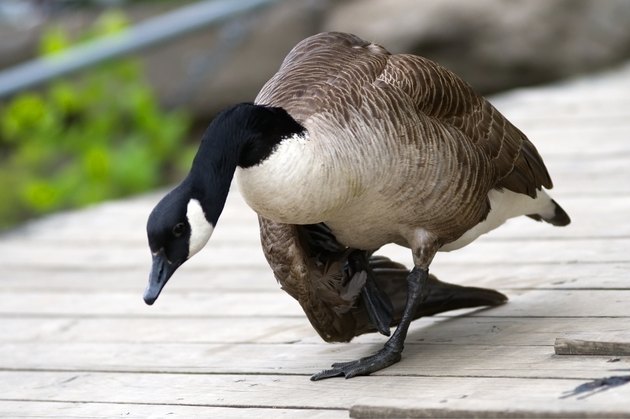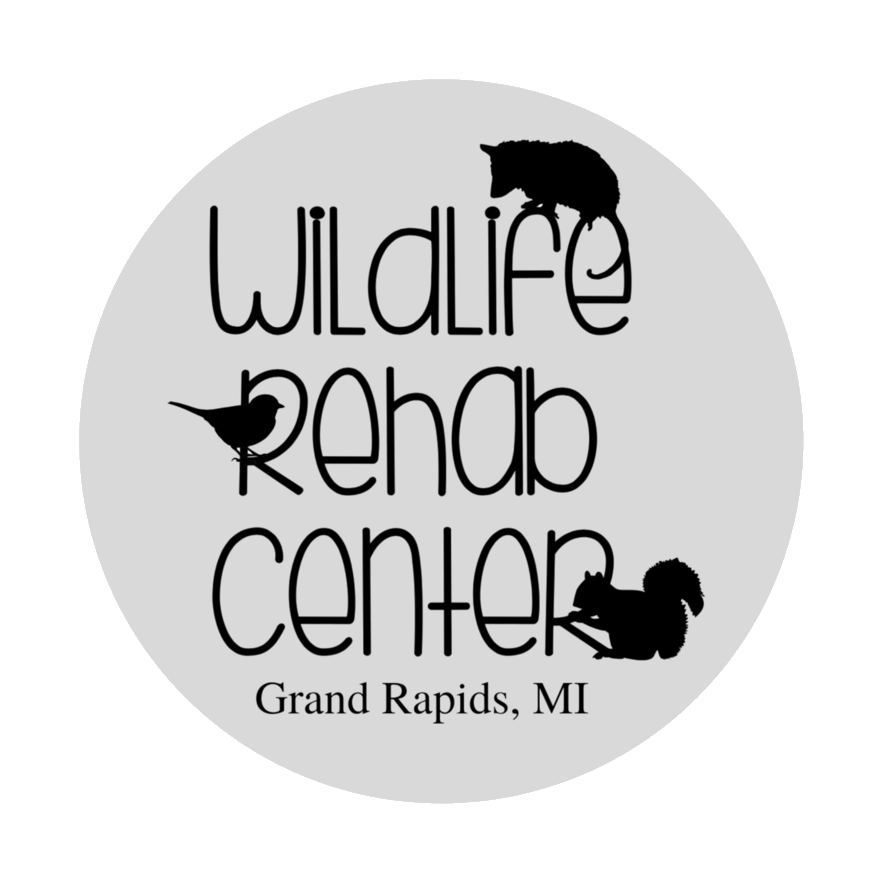The Canada goose in Need
It’s called a “Wild Goose Chase” for a reason. With an astonishing number of injured and disabled adult geese it’s hard to know when to intervene and what to do. We can help!
Wing injuries IN Waterfowl

Legality
It’s only natural to want to help an injured bird, but if you find a wild bird in need of help, taking the bird home to care for it could be asking for trouble. According to the U.S. Fish & Wildlife Service, it is illegal to take or possess any migratory bird without a federal permit. We will guide you through legal options to getting the animal in our care or supporting it in the wild.
Wing Injury or Wing Deformity?
Angel Wing is a irreversible deformity that presents as a turning out of one or both wings at the wrist, giving the bird an “Angel” look. An injury may present as one wing drooping more than the other, or blood/bone visible. If you are unsure, attempt to get a photo of the bird and text it to us at 616-606-5805.
What Causes Angel Wing?
Angel Wing is a irreversible deformity that results from a lack of proper nutrition in a birds diet. The most common cause is from humans feeding waterfowl bread, crackers, and other simple carbs. We all probably have fond childhood memories for feeding ducks and geese a big loaf of bread. While ducks and geese will gobble up these kinds of foods, it is detrimental to their health. This is especially true for younger waterfowl that have not fully developed yet. Just like a child, young birds need essential nutrients to grow, function, and develop healthy bodies. If a human child ate a diet of only bread, sugary cereals, crackers, and chips, the child would likely suffer from malnutrition. A human child could then recover from this by switching to a healthier, more balanced diet, and taking vitamins. However, if a bird eats a diet of only bread, they can develop permanent conditions like Angel Wing that are irreversible.
Angel Wing is due to Humans
The number of incidents of birds with Angel Wing continues to grow due to the increase in modern development. Traditionally, Canada Geese live in habitats with grassy or grainy fields that are near water. However, in recent decades housing developments and golf courses with manicured grass seem to be an attractive new home for Canada Geese because the grass is easy to digest, and the short length of the grass gives the geese a clear view to easily spot and escape predators. Unfortunately, Canada Geese have become accustomed to accepting food from humans living in these types of communities, and it is oftentimes bread, which is terrible for their health.
OUR SERVICES
WRC operates entirely on donations and volunteers. Our team is constantly tending to wildlife, making supply runs, and bringing animals to the vet. We do not have the resources to go on rescues, so we ask for your assistance in bringing the animal to us.
The bird is ALREADY CAPTURED
“If you can catch it, we can take it!”
Click below for our intake procedures and contact info.
The Bird is not able to be captured
Capture has been attempted and has failed. The bird is not able to be captured, but I would like to know what I can do to help it survive winter in the wild!
i am Personally unable to capture the bird
But I would like to find someone who can!
We work with James at R&R Wildlife Control for humane solutions to nuisance wildlife and animal captures.
Call now for pricing: 616-862-3557
WRC saves 3000+ Animals a year!
Like what we do? Consider what you can do to help us continue this hard but rewarding work!

